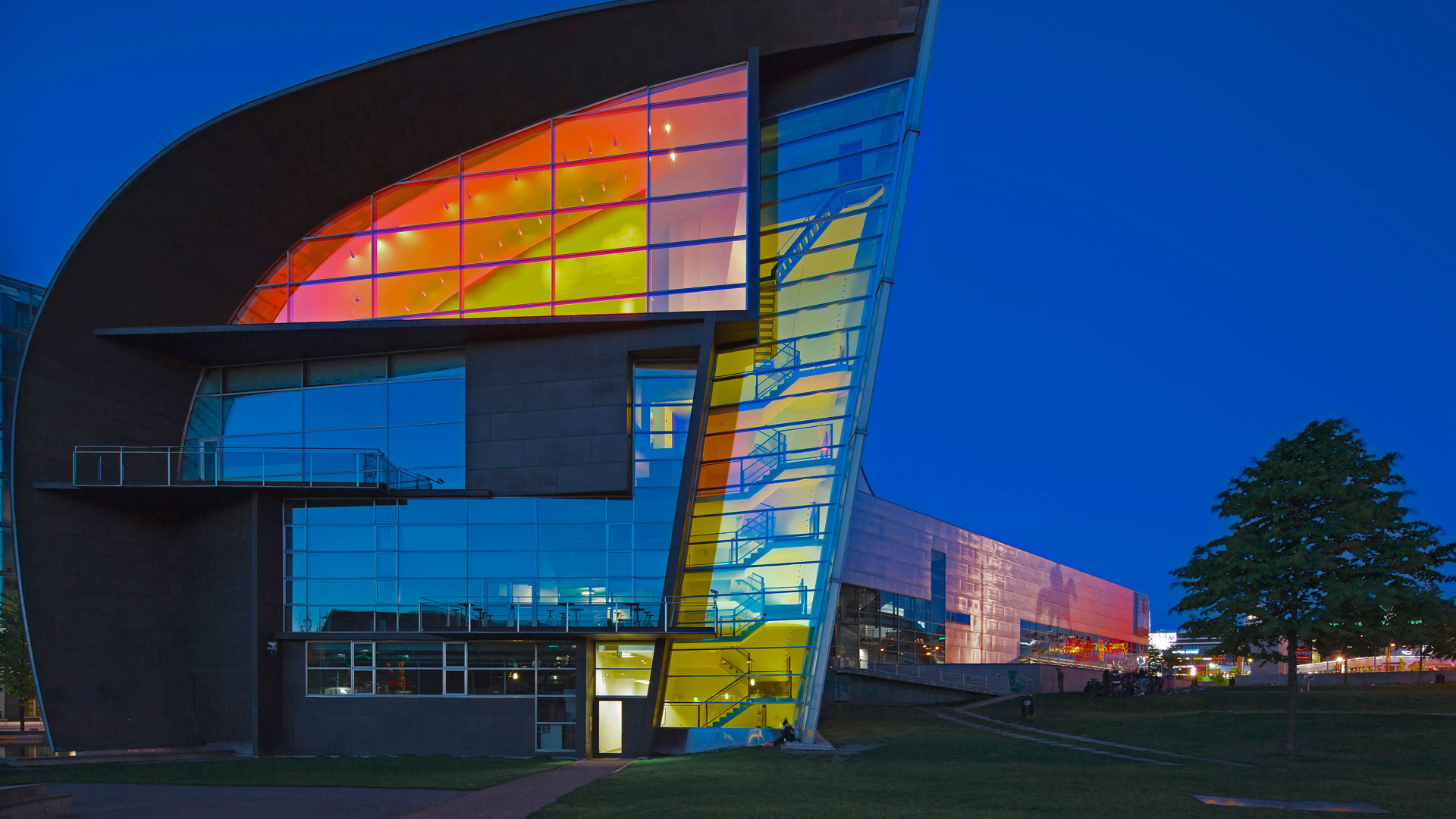Refractory cement, also known as heat-resistant cement, is an essential material used in various applications to protect against heat damage. From kilns to kilns, refractory cement plays a central role in maintaining the structural integrity of heat-resistant structures and equipment. Its ability to withstand extreme temperatures makes it an essential component in industries such as steel, glass and cement manufacturing, as well as in the construction of hearths, chimneys and ovens.
The primary purpose of refractory cement is to provide a protective barrier against high temperatures generated by industrial processes and heating devices. Traditional cement cannot withstand the intense heat generated in these environments and would quickly degrade and fail. Refractory cement, on the other hand, is specifically formulated to have a high melting point and excellent thermal resistance, making it an ideal choice for applications where heat damage is an issue.
One of the main characteristics of refractory cement is its ability to maintain its strength and integrity at high temperatures. This property allows it to insulate and protect the underlying structure, preventing heat from causing damage or deformation. Additionally, refractory cement can also resist thermal shock, which occurs when a material is rapidly heated or cooled, making it essential for applications where rapid temperature changes are common.
In the steel industry, refractory cement is widely used to line furnaces and ladles, as well as to construct the walls of steel tanks. The extreme temperatures involved in steel production require a material that can withstand harsh conditions without deteriorating. Refractory cement provides the protection needed to ensure the longevity and efficiency of these critical components in the steelmaking process.
Likewise, in the glass industry, refractory cement is used to coat the walls and floors of glass furnaces. The intense heat required for melting and shaping glass requires the use of a material capable of withstanding temperatures far beyond the capabilities of traditional cement. The refractory cement ensures that the furnace maintains its structural integrity and retains its heat, allowing for efficient and consistent glass production.
In the construction industry, refractory cement is used in the construction of hearths, chimneys and ovens. These structures are subjected to high temperatures during use and require a material that can withstand the heat without cracking or deteriorating. Refractory cement provides the necessary thermal protection, ensuring the safety and longevity of these heaters.
In conclusion, the role of refractory cement in protecting against heat damage cannot be overstated. Its ability to withstand extreme temperatures and thermal shock makes it an invaluable material in a wide range of industries and applications. From industrial ovens to domestic heaters, refractory cement plays a crucial role in ensuring the structural integrity and longevity of heat-resistant structures and equipment. Without this essential material, the risks of heat-related damage and failure would be significantly higher, making refractory cement an indispensable component in the fight against heat-related damage.
The role of refractory cement in protecting against heat damage




